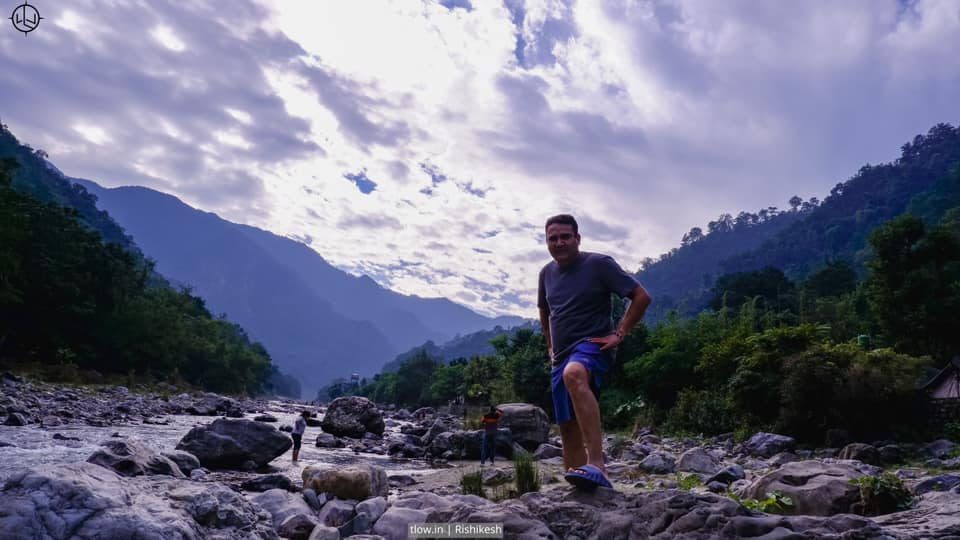
Facts about River Ganga
If you are looking for some interesting facts about the River Ganga, you have come to the right place. The River Ganga is one of the most sacred and important rivers in India, as well as in the world. It has a rich history, culture, and ecology that make it a fascinating topic to explore.
Here are some facts about the River Ganga that you may not know.
1. The River Ganga is the longest river in India and the third largest in the world by discharge. It flows for about 2,525 km from its source in the Himalayas to its mouth in the Bay of Bengal. It drains an area of about 1,086,000 square km, which is about one-fourth of India’s territory. It is also shared by ten states in India and three countries: India, Bangladesh, and Nepal.
2. The River Ganga has five main headstreams that originate in the Himalayan region of Uttarakhand: the Bhagirathi, the Alaknanda, the Mandakini, the Dhauliganga, and the Pindar. These rivers join together at various places to form the main stream of the Ganga. The most sacred and popular confluence is at Devprayag, where the Bhagirathi and the Alaknanda meet.

3. The River Ganga is considered as a goddess in Hinduism, and is worshipped as Ganga Ma or Mother Ganga. According to Hindu mythology, she descended from heaven to earth as a result of the prayers of King Bhagiratha, who wanted to cleanse the sins of his ancestors. She agreed to come down on the condition that Lord Shiva would break her fall with his matted hair, as she was too powerful to land directly on earth. Thus, she is also known as Bhagirathi or the daughter of Bhagiratha.
4. The River Ganga is home to many aquatic animals, some of which are endangered or endemic. The most famous one is the Ganges river dolphin, which is also the national aquatic animal of India. It is a blind dolphin that uses echolocation to navigate and hunt in the murky waters of the river. Other animals include the Ganges shark, which is a rare freshwater shark; the gharial, which is a crocodile-like reptile with a long snout; and various species of fish, turtles, crabs, and otters.

5. The River Ganga is also known for its pollution, which poses a threat to its biodiversity and human health. The main sources of pollution are industrial effluents, agricultural runoff, sewage, solid waste, and religious offerings. The pollution affects not only the water quality but also the oxygen levels, which are vital for aquatic life. The pollution also causes diseases such as cholera, typhoid, dysentery, and hepatitis among people who use the river for drinking, bathing, or washing.
6. The River Ganga has a unique property that prevents mosquito breeding and cholera spreading. According to some studies, the water of the river contains bacteriophages, which are viruses that infect and kill bacteria. These bacteriophages can destroy harmful bacteria such as E.coli and Vibrio cholerae, which cause mosquito breeding and cholera respectively. This property may be attributed to the presence of natural minerals or organic matter in the river.

7. The River Ganga has a huge delta that is formed by its confluence with another major river: the Brahmaputra. The delta is called the Sundarbans, which means “beautiful forest” in Bengali. It is the largest delta in the world, covering an area of about 59,000 square km. It is also a UNESCO World Heritage Site and a biosphere reserve that hosts a diverse flora and fauna. The most famous animal of the delta is the Bengal tiger, which is adapted to live in the mangrove forests.
8. The River Ganga has a massive submarine fan that extends into the Bay of Bengal. A submarine fan is a geological structure that is formed by sediment deposition under water. The Ganga submarine fan is the largest in the world, with an area of about 1.5 million square km and a thickness of up to 16 km. It contains sediments that date back to millions of years ago and provide clues about the history and evolution of the river.

9. The River Ganga has been a cradle of civilisation since ancient times. Many historical and cultural cities are located along its banks, such as Haridwar, Varanasi, Allahabad, Patna, and Kolkata. These cities have witnessed the rise and fall of various empires, such as the Mauryan, the Gupta, the Mughal, and the British. They have also been the centres of learning, religion, art, and literature. The river has inspired many poets, writers, musicians, and artists to create works of beauty and wisdom.
10. The River Ganga is a symbol of faith, purity, and life for millions of people. Every year, millions of pilgrims and tourists visit the river to take a dip in its holy waters, which are believed to wash away sins and grant salvation. The river also hosts many festivals and rituals, such as the Kumbh Mela, which is the largest religious gathering in the world; the Ganga Dussehra, which celebrates the descent of the river from heaven; and the Ganga Aarti, which is a daily ceremony of offering lamps and prayers to the river.
These are some of the facts about the River Ganga that make it a unique and amazing river. The River Ganga is not just a river, but a living entity that nurtures and sustains life on earth. It deserves our respect and protection for its invaluable contribution to our culture, history, and ecology.
Text by Harender Singh











